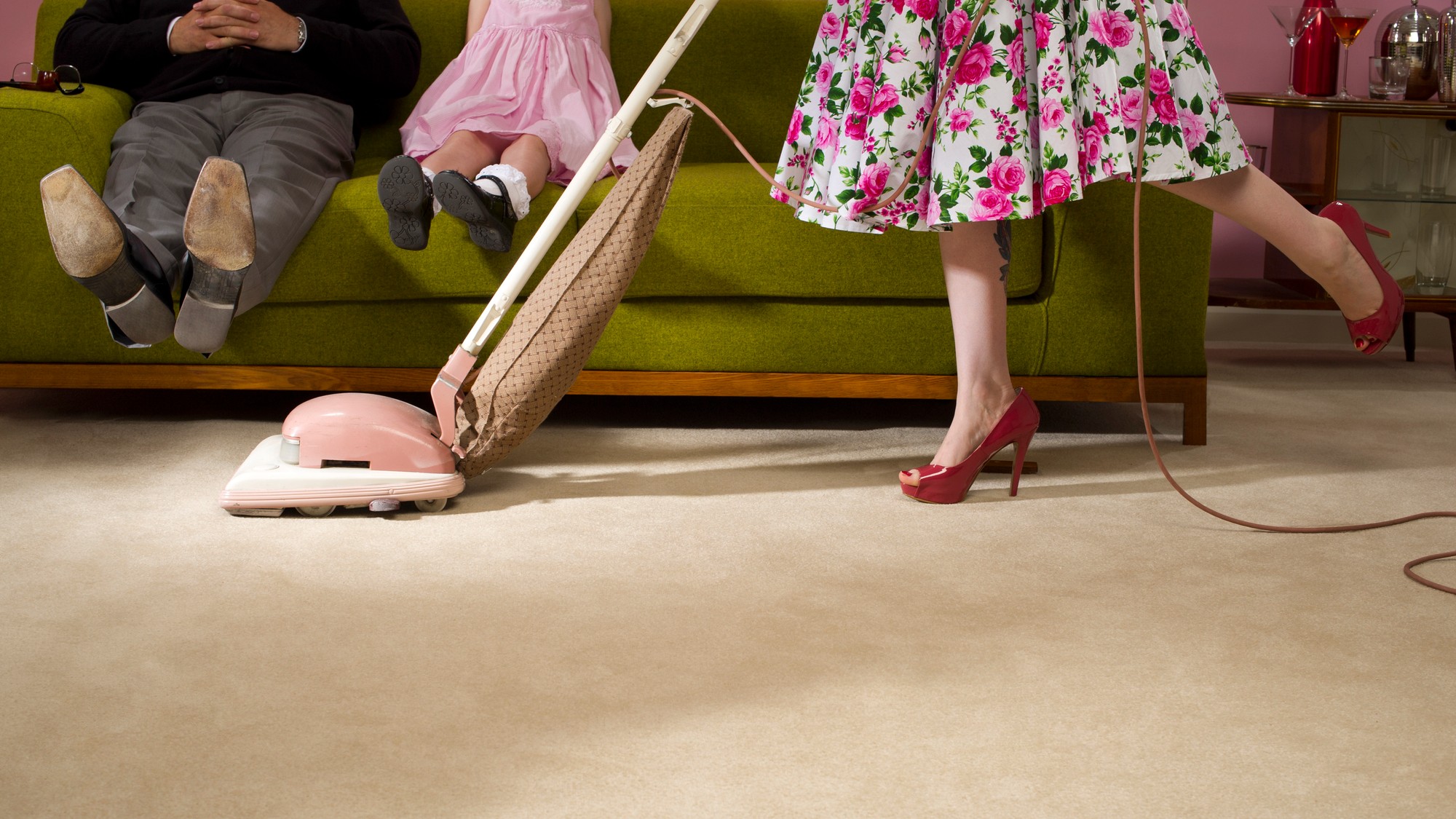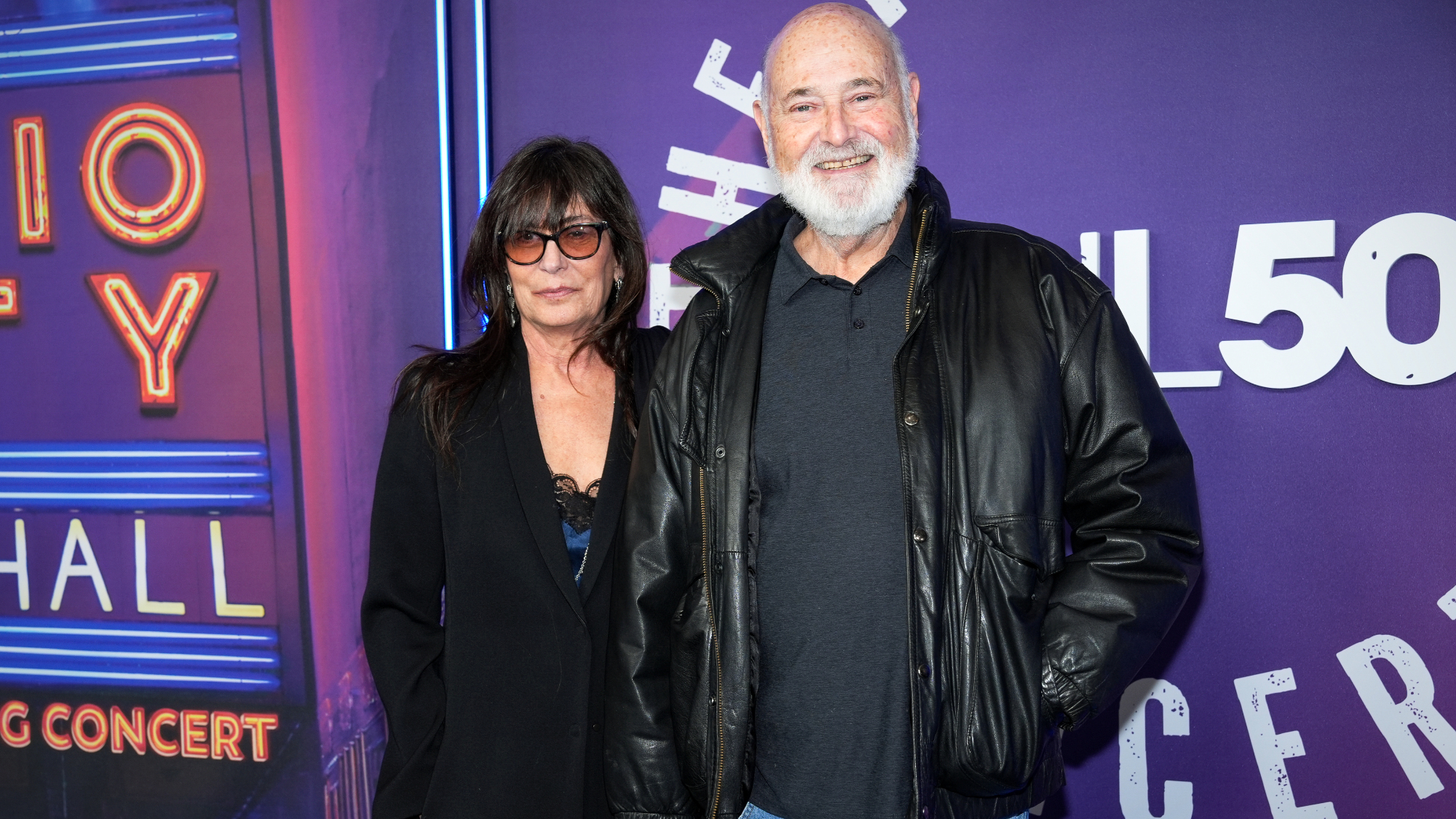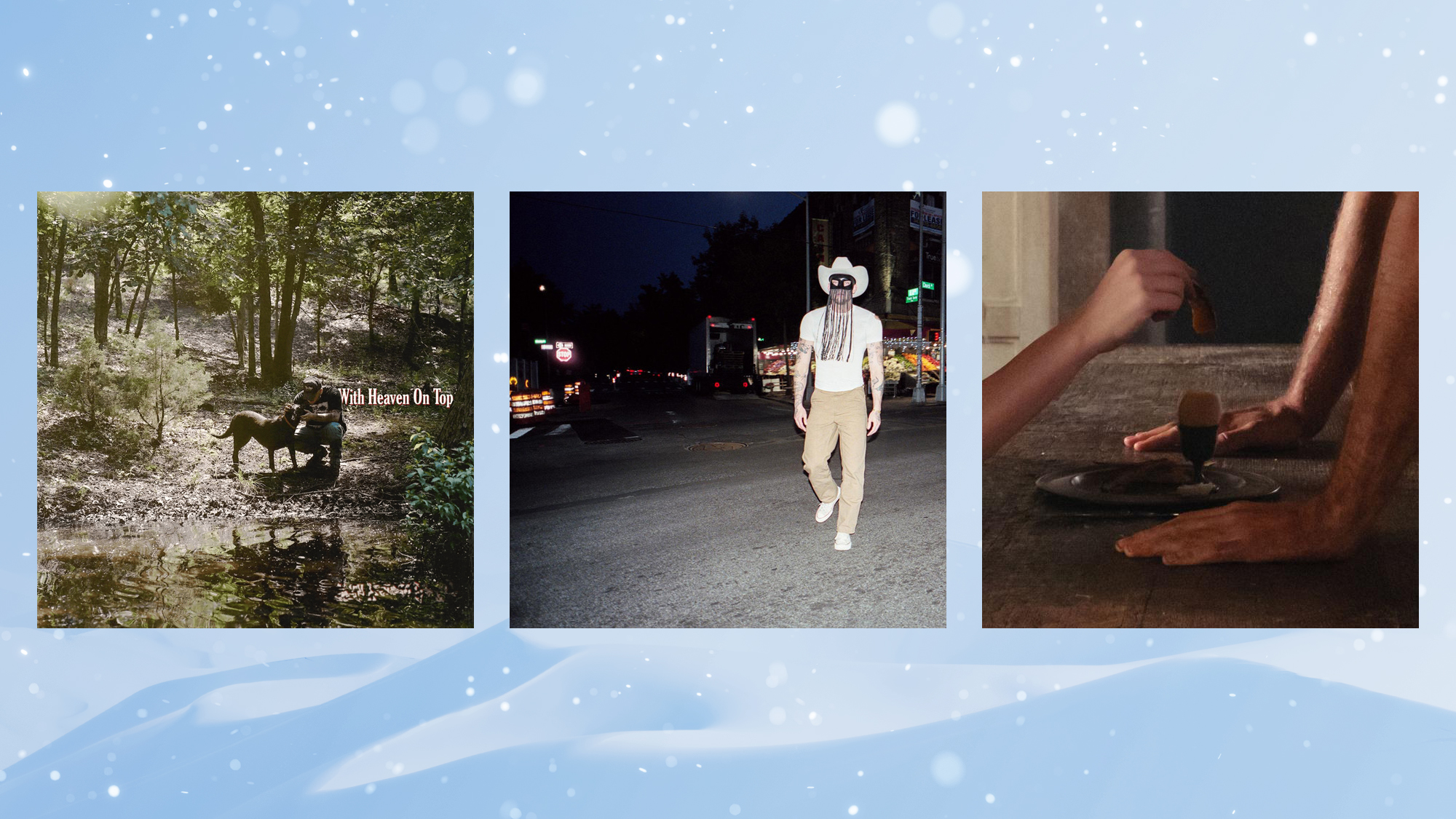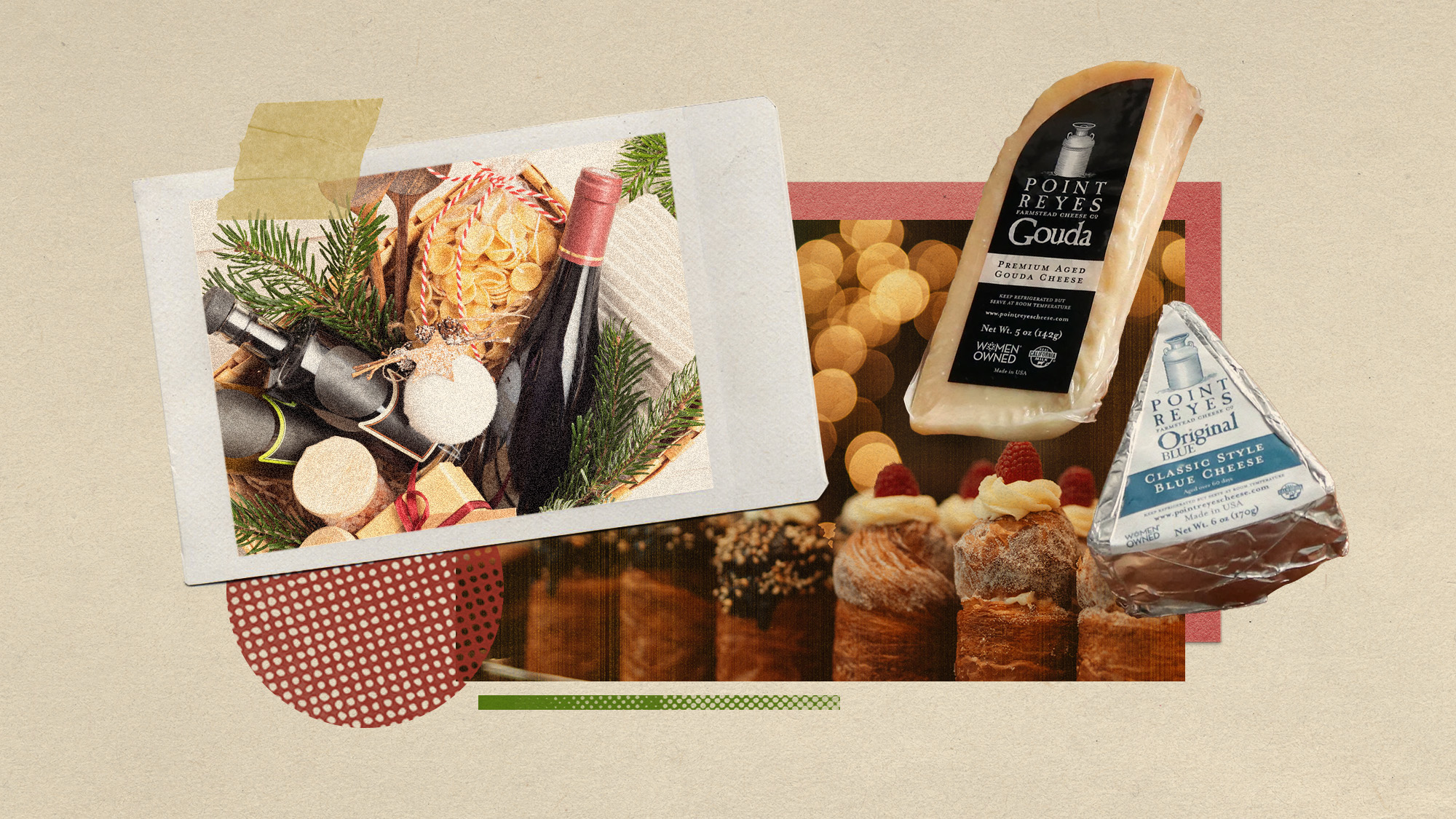Trends in beauty standards signal a right-wing swing
The new norm is modest, traditional and at home


The U.S.'s political turn to the right may be most striking with Donald Trump's presidential win, but there are also cultural markers that point to the shift. Beauty and lifestyle trends indicate a rightward change in the American psyche.
The background
Fashion can be a strong indicator of a society's values, and "in many ways, is political," said nss magazine. Style has also long served as a method of conveying messages and presenting an image. For example, "civil rights activists in 1960s America wore their 'Sunday Best' at protests to demonstrate they were worthy of dignity and respect as they challenged the institutions that kept Black people at the bottom of the social hierarchy," said the Stanford Report.
The same can be said of a society's overall beauty standards. The early 2010s were "dominated by hyper-individualistic, rebellious styles — often driven by the desire to stand out," said nss magazine. This included an emphasis on body positivity, diversity and a growth in more non-gendered fashion. Now, in the aftermath of the Covid-19 pandemic and amid the rise of influencer culture, "more conservative, home-centered fashion trends" correlate with "growing societal concerns about the future."
The Week
Escape your echo chamber. Get the facts behind the news, plus analysis from multiple perspectives.

Sign up for The Week's Free Newsletters
From our morning news briefing to a weekly Good News Newsletter, get the best of The Week delivered directly to your inbox.
From our morning news briefing to a weekly Good News Newsletter, get the best of The Week delivered directly to your inbox.
The latest
Media has demonstrated a recent shift toward more "traditional" beauty and gender norms. Everything from "quiet luxury to the trad-wife aesthetic" hints at a "return to a time when femininity, modesty and restraint were revered," nss magazine said. Some of the newer trends put an emphasis on natural hair colors, straying away from tattoos and piercings. While none of these things are inherently bad, "together, they build a picture of a certain rural lifestyle filled with religious modesty, traditional family values and an idealization of family wealth," said Dazed.
On the internet, trad wives "post with an aesthetic pulled straight from the '50s," and it seems fair to say that "conventional beauty has been a key component for the success of the far-right," Dazed added. "This content hides anti-feminist narratives and white nationalist beliefs under a bell sleeve, pearls and hair slicked into low claw clips."
The reaction
The return to traditional gender roles is a reflection of societal woes. "American women are grappling with a backlash against abortion rights, their economic mobility and feminism itself," along with the "failure of U.S. social programs to keep up with the rising cost of living or to provide meaningful support for working moms," said The Guardian. In turn, women have reverted to the "fundamentally conservative and individual solution to that societal failure."
Regarding beauty standards, "there have been major steps forward, like the body positivity movement and increased racial visibility in fashion spreads," said Glamour. However, "the overwhelming default is still thin, young, white and an increasingly impossible idea of perfect." This is buoyed by the prevalence of weight-loss drugs and plastic surgery. "Using the iconography of an idealized past, they evoke the economic and emotional fantasy that families, and especially women, can opt out of the complexity of modern society," said The Guardian.
A free daily email with the biggest news stories of the day – and the best features from TheWeek.com
Devika Rao has worked as a staff writer at The Week since 2022, covering science, the environment, climate and business. She previously worked as a policy associate for a nonprofit organization advocating for environmental action from a business perspective.
-
 A luxury walking tour in Western Australia
A luxury walking tour in Western AustraliaThe Week Recommends Walk through an ‘ancient forest’ and listen to the ‘gentle hushing’ of the upper canopy
-
 What Nick Fuentes and the Groypers want
What Nick Fuentes and the Groypers wantThe Explainer White supremacism has a new face in the US: a clean-cut 27-year-old with a vast social media following
-
 5 highly amusing cartoons about rising health insurance premiums
5 highly amusing cartoons about rising health insurance premiumsCartoon Artists take on the ACA, Christmas road hazards, and more
-
 The best music of 2025
The best music of 2025The Week Recommends These were some of the finest releases of the past year
-
 Rob Reiner, wife dead in ‘apparent homicide’
Rob Reiner, wife dead in ‘apparent homicide’speed read The Reiners, found in their Los Angeles home, ‘had injuries consistent with being stabbed’
-
 10 upcoming albums to stream during the winter chill
10 upcoming albums to stream during the winter chillThe Week Recommends As the calendar turns to 2026, check out some new music from your favorite artists
-
 More than a zipper: Young Black men embrace the ‘quarter-zip movement’
More than a zipper: Young Black men embrace the ‘quarter-zip movement’The Explainer More than a zipper: Young Black men embrace the ‘quarter-zip movement‘
-
 Australia’s teens brace for social media ban
Australia’s teens brace for social media banIn The Spotlight Under-16s will be banned from having accounts on major platforms
-
 May your loved ones eat, drink and be merry with these 9 edible Christmas gifts
May your loved ones eat, drink and be merry with these 9 edible Christmas giftsThe Week Recommends Let them eat babka (and cheese and licorice)
-
 10 concert tours to see this winter
10 concert tours to see this winterThe Week Recommends Keep cozy this winter with a series of concerts from big-name artists
-
 Is Wicked: For Good defying expectations?
Is Wicked: For Good defying expectations?Talking Point Second half of hit musical film adaptation hamstrung by source material, but Cynthia Erivo and Jeff Goldblum are ‘sublime’
